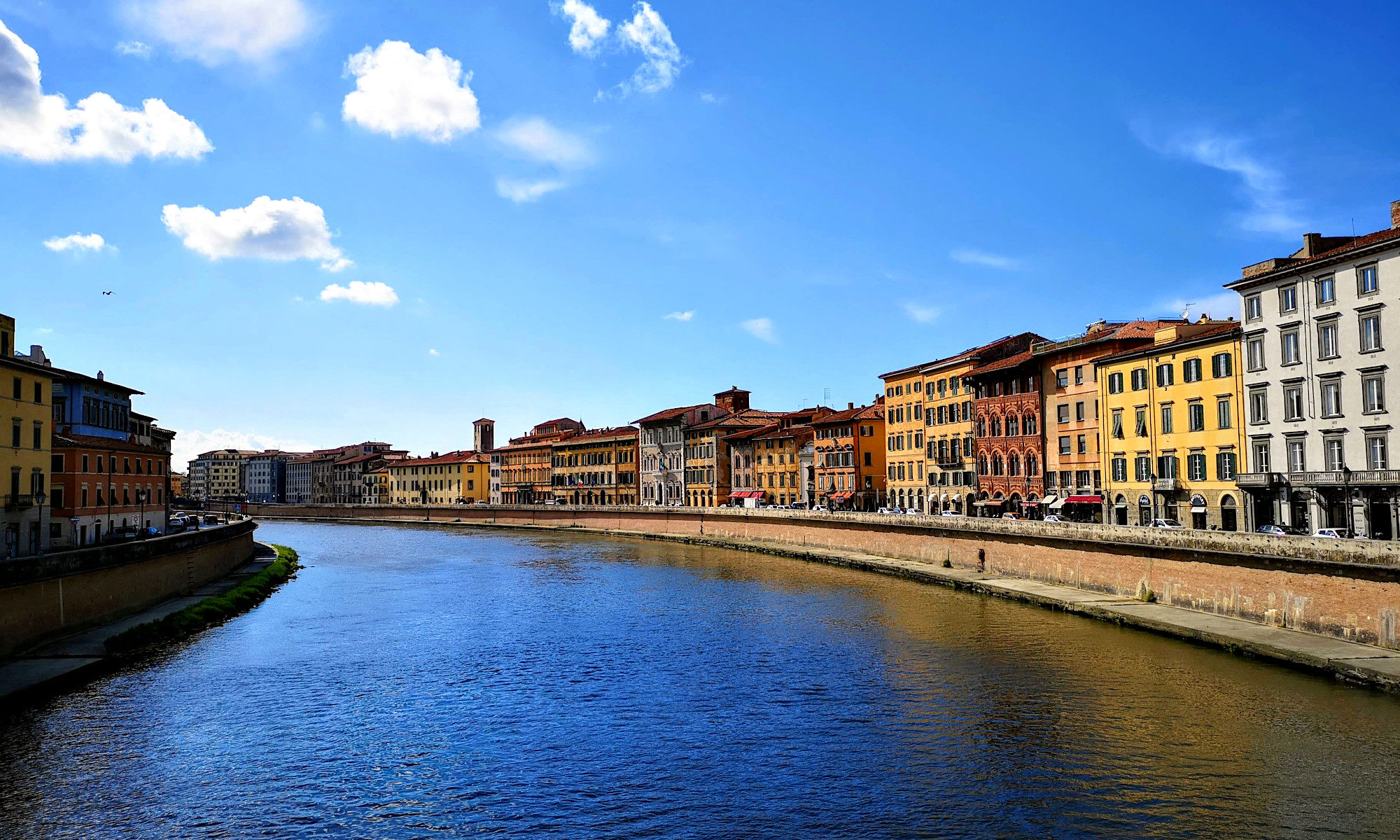Anyone outside Toronto might not have heard of this little story – unless they frequent the boingboing.net website – but a week or so ago there was an altercation downtown between a bicyle courier named Leah and a young male driver whose name remains unknown (probably for his own protection). A local photographer happened to be there and took some shots of the driver assaulting the courier, stomping on her bike and generally being a complete asshole. He was restrained (and pummeled, apparently) by some bystanders.
The photos produced an avalanche of comments on the citynoise.org forum, and that no doubt picked up after boingboing linked to it. After spreading through the blogosphere, a story made it into one of the Toronto newspapers, the National Post and then into the Toronto Star and the Globe and Mail. Since then there have been a number of stories about the larger picture surrounding the incident – including the fact that the courier threw garbage back into the driver’s car after he tossed it out the window, and that she keyed his car (she has apologized, and is not pressing charges)
One of the most interesting elements from my point of view, however, is how this event would never have even made it into the media if it were not for the blogosphere – and to that extent boingboing.net and citynoise.org and other types of sites act as a kind of proto-journalism, an early-warning system for the “old” media. My colleague at the Globe and Mail, columnist and author Russell Smith, put it well in something he wrote, which I’m going to quote here because it will soon be behind our “pay wall.” He’s talking about how the comments at citynoise.org start off with misconceptions, then there are flames, then misconceptions are corrected, then Leah comments, then the brother of the driver (apparently).
So there is a sort of fact-checking at work here: Multiple posters will correct each other, and at some point, a witness will step forward. The reporting, and its verification, happened about as fast as any mainstream news network could do it. The Internet is a parallel news network, spreading news much faster than we in the media can with all our technology and organization. The pictures were posted some time last Thursday; by Monday morning, the discussion about them had involved thousands of people from all over the world. By the time a newspaper ran the story the following day, it was old news on the Net.
This is an interesting point. There were plenty of trolls and flames and so on on citynoise.org, but the “true” story came out eventually, and there was plenty of commentary from both sides (pro-courier and pro-driver). Russell goes on to say:
And why did these pictures not make it to the newspapers and the TV stations right away? They – we – would have loved to have them. I think, first of all, because it didn’t occur to the photographer to go there with them. His first instinct was to post on-line. Not only is it easier to do this – no phone call, just a mouse click – but you can control how your story appears and how you get credit for it. And he knew, too, that his story’s dissemination would be just as quick and just as effective.
Interestingly enough, considering that last point about controlling the story and credit, according to a note at citynoise.org the photos there were taken and printed in the Toronto Star without the photographer’s permission – in fact, against his specific wishes. Whether he later gave permission (because I saw them in other papers) isn’t clear.
